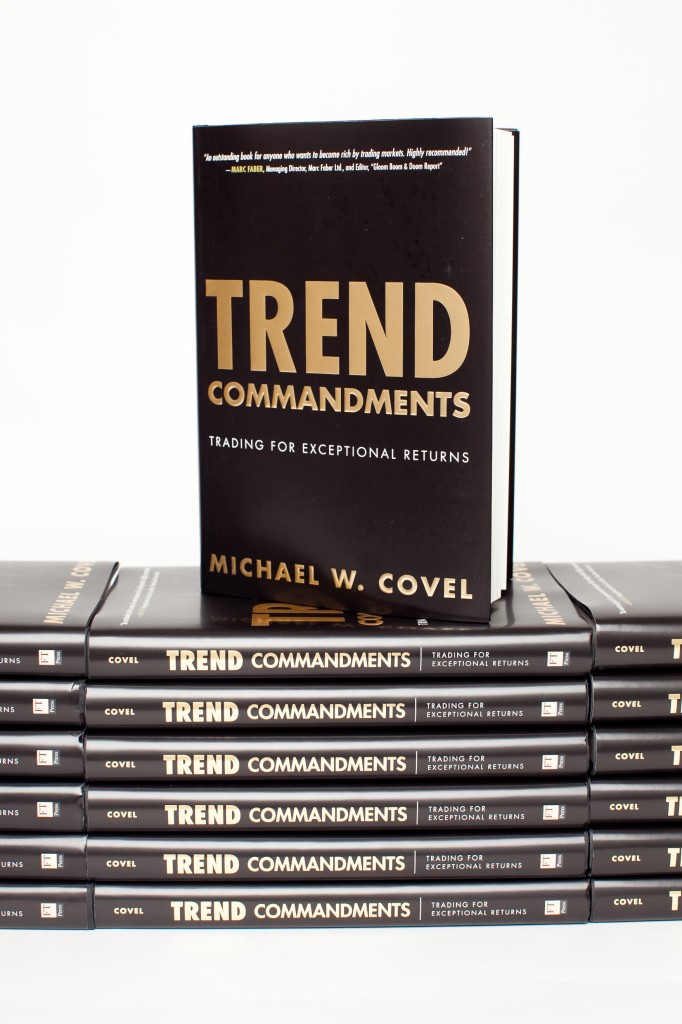Some companies, and individuals, stress [focus on] the short-term performance of trend followers. They look at one month’s performance, see a down month, and panic. They have complete ignorance of the long-term objective–big money. How bad can it get? I have seen trend following traders make 100 percent in a year followed by a year where they lost 5 percent. That 5 percent loss causes some critics to not see the 100 percent number. That is insane thinking. Just like a baseball player’s batting average can have short-term up or down streaks over the course of a season, trend followers have streaks. Trend following performance will deviate from averages, but over time there is remarkable consistency when it comes to putting up big returns—as long as unpredictable home runs are allowed to happen naturally and unforced. The leading thinkers across varied fields, including insurance, casino gambling, and investing, all emphasize the same point. It’s the Babe Ruth effect: Even though Ruth struck out a lot, he was one of baseball’s greatest hitters. The home runs made up for his strikeouts. A trend follower coaching a baseball team would approach it like the former manager of the Baltimore Orioles. Earl Weaver designed his offenses to maximize the chance of a three-run homer. Weaver did not bunt or want guys who slapped singles. He wanted guys who hit big home runs. Trading is a waiting game. You sit, you wait, and you make a lot of money all at once. Profits come in bunches. The trick when going sideways between home runs is not to lose too much in between.
Note: From my book Trend Commandments. Shout to Michael Mauboussin.

How can you move forward immediately to Trend Following profits? My books and my Flagship Course and Systems are trusted options by clients in 70+ countries.
Also jump in:
• Trend Following Podcast Guests
• Frequently Asked Questions
• Performance
• Research
• Markets to Trade
• Crisis Times
• Trading Technology
• About Us
Trend Following is for beginners, students and pros in all countries. This is not day trading 5-minute bars, prediction or analyzing fundamentals–it’s Trend Following.

